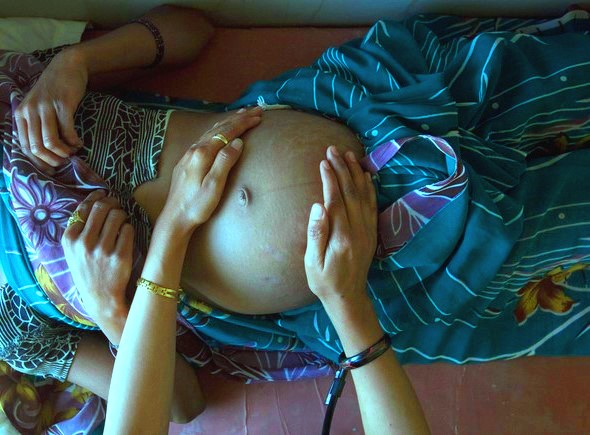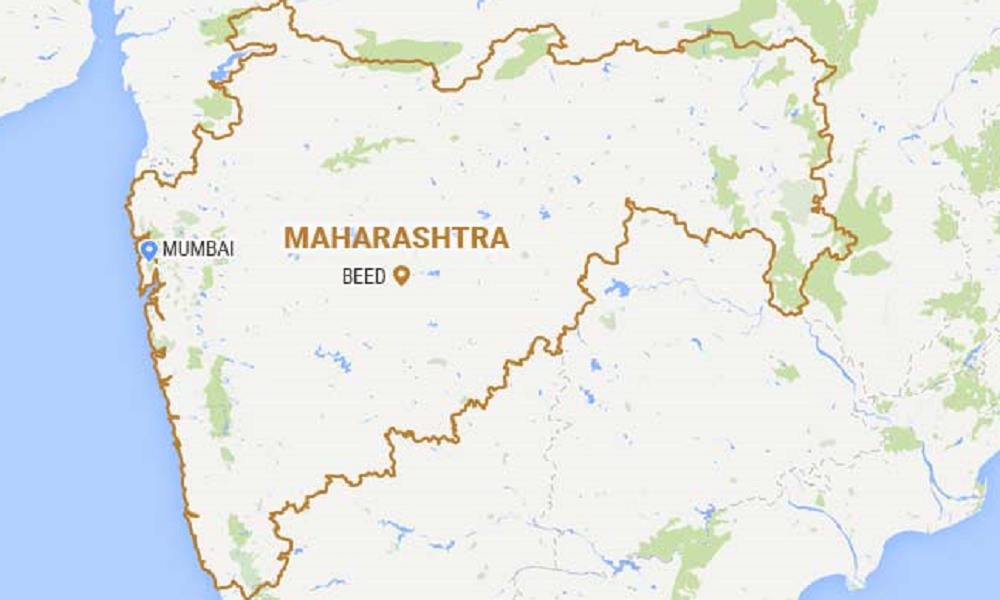
This is a story that might break your heart and may make you realise all over again the extent of poverty and discrimination in Indian society. On one hand we see how the top 1% of the Indian population has access to more than 73% of the nation’s aggregate wealth and yet on the other hand, we also see how the wide majority of our population survives on meager wages (and often goes without any source of income),is exploited by the employer and is forced to work in conditions that are against all human dignity. This income inequality has far reaching consequences that transcend the mere economic realm but also affects the socio-cultural and psychic wellbeing of individuals.
Here is one such revealing story from the Beed district of Maharashtra, India. This is the tale of apathy and poverty, marginality and compelling economic misery that have compelled the womenfolk of Beed to take a decision that will deny them one of the biggest moments of happiness they could ever experience in their lives. The average female wage in poverty struck Beed is approximately three dollars a day for a work-shift comprising of twelve hours.

Women and men work from the early hours of the morning till late in the evening for such meagre wages in fields as landless labourers, in factories as marginal employees and at construction sites as exploited labourers. What makes the case of Beed deeply painful is the fact that women from the district are opting to get done in their early twenties. This decision is being taken by them in an ambience where their labour means the world to their families, and for which many of them may be the sole bread- earners. They are opting for this medical procedure because every month when they face mensuration pain and blood loss, it affects their potential to work for long hours, lift heavy baggages or engage in labour intensive work that they find themselves engaging in ordinary days. These women cannot afford a work-leave and so many of them have decided to go for a medical procedure that would altogether free them from the mensuration cycle. This is the story of even the youngest female labourer in Beed district,
Our team asked Lata (25 years old)who is a mother of three children and works on the an agricultural plot for ten-twelve hours a day for less than Rs 200 as to why she decided to go for the medical procedure and with tears in her eyes she recalled how about an year and a half ago she experienced intense menstrual bleeding while working on the field and remained ill for nearly two weeks. She has incurred great loss loss due to lifting heavy weights and working without taking due precautions, internal bleeding had left her anemic and hospitalised for nearly five days. This was the time when her husband, Mohan had suggested that she opt for a hysterectomy and get her womb removed. They felt that this way she could work without break and the family income could stay unaffected.
Neha was another young woman from Beed district who took the radical decision to get a hysterectomy done when she was just twenty-two and it had only been a year since she had gotten married. She tells us how her husband(who works as a footloose labourer in a nearby agricultural plot) encouraged her to take up the procedure as the pain would affect her ability to deliver at work. After the procedure, Neha recalls how she had to deal with radical hormonal imbalance and how her weight shot up in a matter of a month. She also had bleeding issues when she was getting operated and later developed an infection associated fever that made her very weak. But now, she and her husband work everyday to sustain their family and even manage to send their son to a local school.
The unique situation is so widely spread that even a rough estimate has been made about the number of women who have opted for hysterectomy in the recent years. The Business Standard carried a report that argued that as many as 4,605 women have had their wombs removed through surgeries in the last three years. The main reason why women are opting for this procedure is the fact that they argue that menstruation causes hindrance to their work.
In Beed district, which largely boasts of sugarcane fields that demand intensive upper-body labour and where husband and wife are preferred to be employed as a unit- women who own a ‘pishvi’(uterus) are considered less employable.
In this region, there are many couples who have been employed by their contractors for a period of one yea and are paid a sum of about Rs 1,50,000 in advance. In order to be able to earn it back, it is required that the woman comes to work despite all odds or physical difficulty. Absence or rest demands an immediate fine and this is why several of the women are opting for hysterectomy in order to work without being disturbed by their period.
While it may be true that women who are compelled to undergo impulsive surgery can avail justice from the labour laws department and can initiate action against such an employer- however most of them lack financial and legal resources to take their case to the civil courts. They lack any valid documents that can even prove that they have been employed by a specific employer.
The National Commission for Women has asked the Maharashtra government to take action in this field and to examine the rapid voluntary removal of wombs by women and has asked them to ensure legal steps to deal with this menace.
We will also need to ensure that women are educated and made aware of their rights at work, they are financially and legally empowered so that employers don’t exploit them easily and above all we need to build up the scope for more widespread livelihood opportunities that don’t discriminate against women. These steps when combined will enable us to tackle the problem of growing voluntary womb-removal in Beed.













